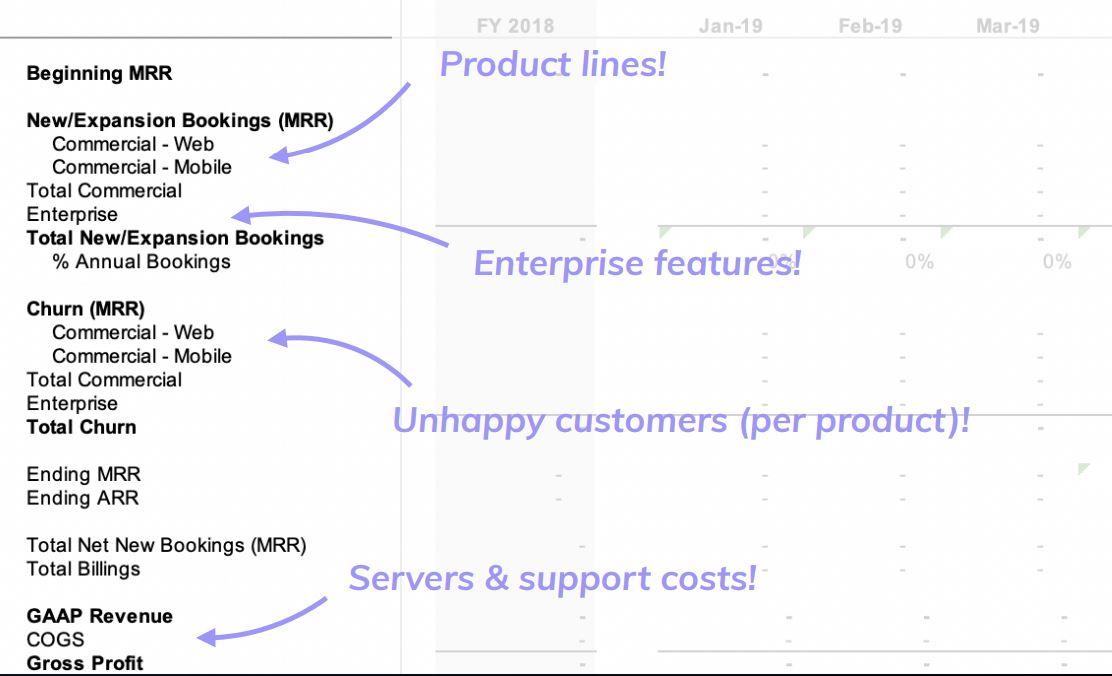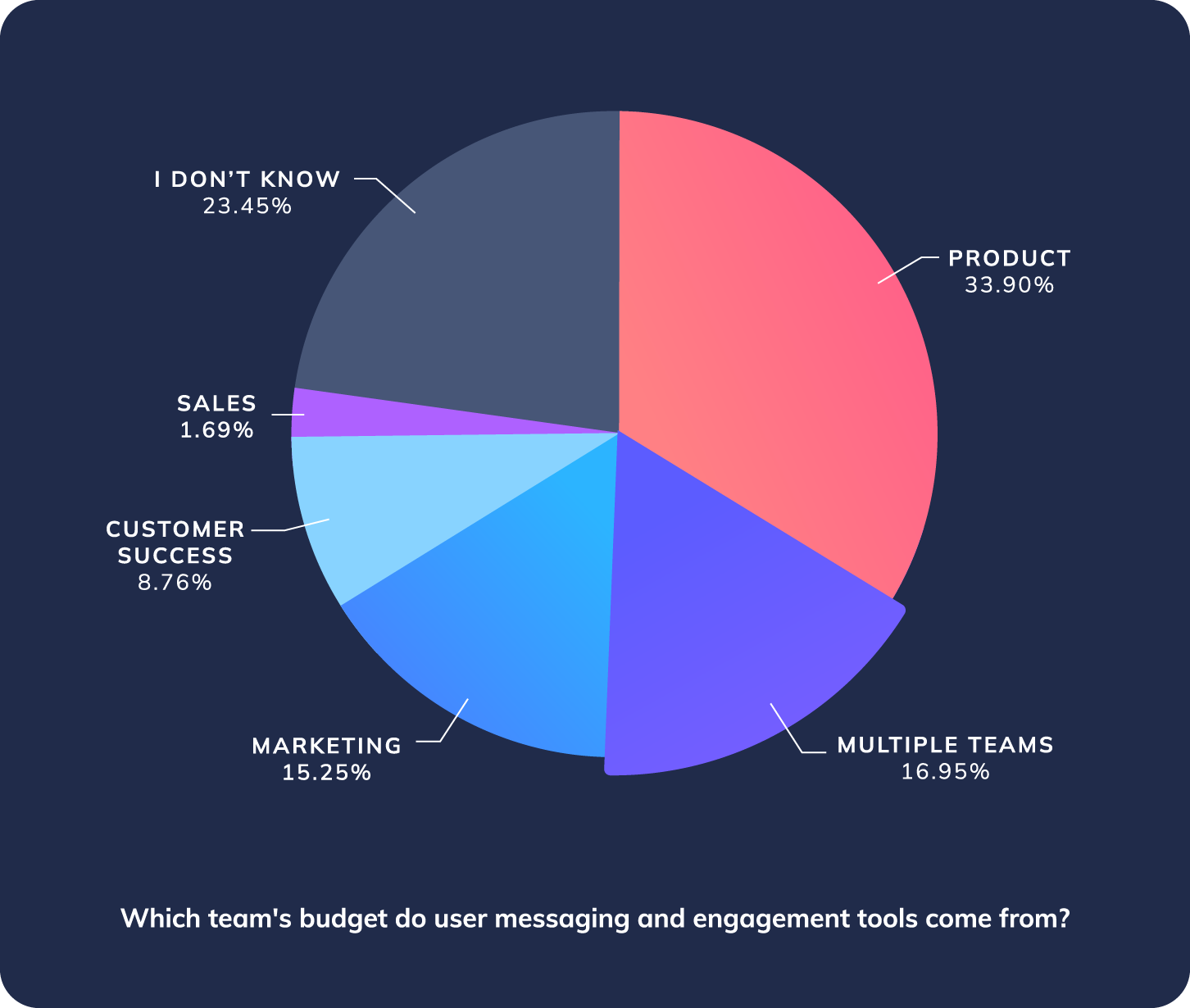Becoming product-led: How to connect product decisions to revenue

.png)

.png)
Editor’s note: This article was partially adapted from a talk—How Exceptional Companies Turn a Product Roadmap into Product Revenue—given at the 2019 Product-Led Summit.
If you’re on a product team, you’re probably thinking…
Hold up.
I’m in product, not sales. My job is to create a product that customers love, not to generate revenue.
But hear me out for a moment: Every business needs to prioritize the sustainability of the company.
Now, some companies run on Bitcoin ICOs, but most of us run on customer revenue. For a product person to contribute to the broader business, you need to understand the financial impact of your day-to-day decisions. Product should ultimately be as accountable for business growth as any other function in the organization.
That may sound scary, but the good news is that measuring and quantifying product’s impact on revenue is actually a lot easier than it seems. And it’s powerful—being able to measure the business impact of your work allows you to make more informed decisions and win over important stakeholders.
At the very least, what I’m about to share with you will help you have more educated conversations with your peers and executive team.
In this article, I’ll go over the 5 steps to connecting your product decisions to revenue.
Let’s get to it.
First, let’s do a quick dive into some useful terms. You won't become fluent in revenue-speak right away—and there's plenty of vocab that will be specific to your business and that you should already be aware of—but these 6 common terms are a good place to start learning:
For most companies, revenue is usually calculated 1 of 2 ways. Either you calculate it based on past performance—which is the preferred method for most finance teams—or you add all the quotas up from your sales team to come up with your projections.
Notice that in both of those cases, the product isn’t mentioned. There's no mention of features being shipped or bugs being resolved, but that doesn't mean that product revenue doesn't show up in the forecast.
To illustrate this point, let’s take a look at the revenue budget for Appcues:

You'll notice that product is everywhere.
Do you see the different product features under bookings? Once those features are built out, Appcues already has customers committed to purchasing them. And when you look at churn (MRR), we already know which products and features need to be improved to combat attrition.
Exceptional product managers already spend a good amount of time doing this type of analysis through competitive research, pricing studies, and customer interviews. All of those things help tell the story of why something is worth doing.
But without adding in the business context, it's impossible to confidently know when or if you should do it.
We were recently evaluating a third-party vendor to power our integrations platform. We put costs aside for a moment and just looked at the returns. What we found was that this vendor could help us go-to-market with a vast catalog of rich integrations that our competitors did not have—and we could do that in a matter of weeks.
When we broke down the investment, we only needed 3% of our existing customers to buy in to break even on the investment.
So the question became: Could we get more than 3% of our customers to upgrade or buy?
This one question helped our leadership team connect the dots between a product decision and revenue.
To give another example, ask yourself: What is the cost of a single support ticket?
If, like many businesses (including Appcues) you have a tiered support system, simple tickets are often resolved quickly and with minimal effort. But when a complex ticket arises it goes straight to the front-line support team who may then escalate it to a technical support specialist. If that technical specialist can't solve the problem, it gets escalated up to an engineering manager, who then assigns it to an engineer to fix. A couple of days later, the bug is resolved and all of the customers involved are notified of the update.
In that scenario, there are 4 or 5 different people involved in this process, which equates to thousands of dollars in hours spent resolving this issue—and a negative experience for the customer.
Resolving those bugs faster isn’t an engineering goal—as the scenario above illustrates, it should be a company-wide goal. You may have known that instinctively, but connecting product issues back to the bottom line helps quantify and prioritize what gets fixed when.
Now that we’ve established how important it is to connect revenue to any product decision, let’s dive into ways to maximize the impact once we start making investments in product solutions.
One of the really attractive things about product-led growth is the concept of self-serve revenue. But there is one thing that we don't often talk about when it comes to self-serve revenue—and that's the fact that it offers a really narrow range of flexibility when it comes to pricing.
If you’re used to paying $45 per month for an application, it’s going to be very hard to get you to start paying tens of thousands of dollars a year, even for advanced features.
In a sales-led model—especially one that is layered on top of a product-led model—the range of flexibility in pricing dramatically increases. Because when you have a conversation with your customers about what they’re getting out of your product, you can set your price based on the value the customer has actually received.
That means one customer could come in and pay $1,000 a month for exactly the same product that another person is paying $10,000 or $20,000 a month for—because you’re charging based on value. This can only be done with a sales organization in place. If you want to maximize your results as a product-led business, you really do need pair your self-service approach with a sales touch to help you get that price elasticity up.
A product-led culture can't be something that just lives within the product team. It needs to be championed throughout the entire company. Everyone needs to be speaking the same language, or you’re going to miscommunicate.
In fact, in our 2023 Product-Led Experience survey of 350 SaaS professionals, we learned that delivering a great product-led experience requires teamwork and cross-functional collaboration. When we examined which team's budget was responsible for orchestrating product-led experiences, we learned it was basically all of them.

What this means it that you should view your product as your primary lever for business growth. Just because we connect product decisions to revenue does not mean that revenue is the only thing that we're optimizing for as product leaders.

To create a product-led culture in your organization, you need to do 3 things.
First, someone on your product team should have a seat at the executive table to help set the forecast and budgets. Because at the end of the day, all revenue is impacted by what happens in the product.
The last thing you want to do is set these projections independently of the product team and have to deliver a significant feature that was never on the roadmap to begin with.
The second thing to do is to put the product itself to work. If you are a product-led company, you need to be thinking about how your product could be driving growth through acquisition, retention, and referrals.
Whether you decide to focus on increasing self-serve revenue, improving retention, or reducing support costs, all of these levers will have a significant impact on your bottom line.
At the end of the day, when your product decisions are good for customers and help them get value out of your product, it’s going to be good for business. That's really what it means to be product-led.
Creating a product-led culture means that everybody on your team is looking for ways to create that win-win for the customer.
Regardless of your personal enthusiasm for connecting product decisions to revenue, there's no question that these skills are going to help you make better decisions.
By understanding the financial impact of the decisions that you're making day-to-day, you’ll be able to build products that are as accountable for business growth as any other function in the organization.